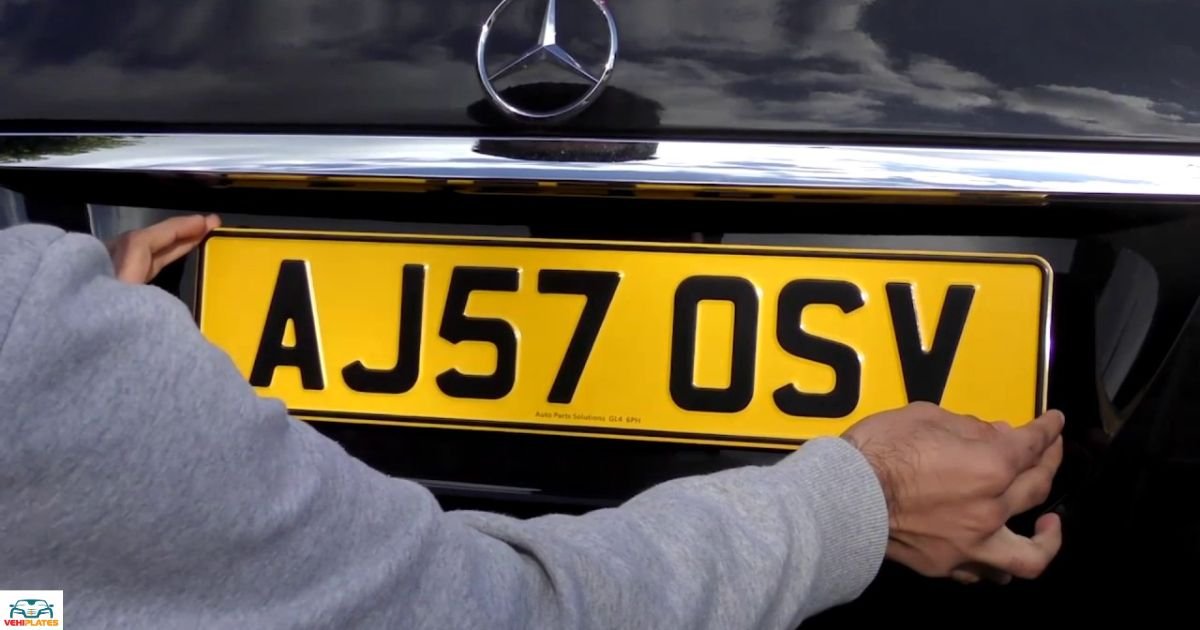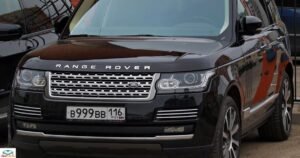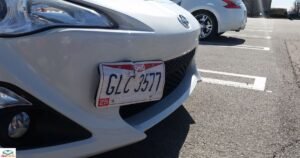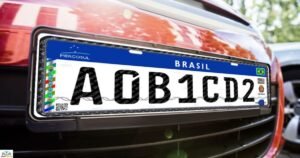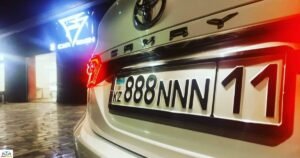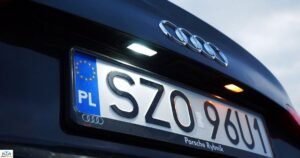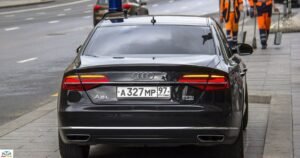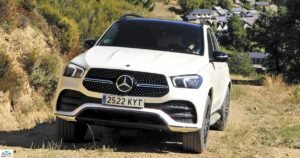Capturing license plates at night can be challenging due to reduced visibility and lighting conditions. With the right techniques and equipment, it’s possible to achieve clear and accurate captures even in low-light environments.
Whether you’re a law enforcement officer, a security professional, or a private individual concerned about safety, mastering the art of capturing license plates at night is essential.
In this comprehensive guide, we’ll explore various methods, tools, and tips to help you capture license plates effectively after dark.
Understanding the Challenges
Capturing license plates at night presents several challenges, including:
Low Light Conditions: Reduced visibility makes it difficult to discern details, especially in areas with inadequate lighting.
Glare and Reflections: Glare from headlights or streetlights can obscure license plate characters, making them illegible.
Camera Settings: Improper camera settings can result in blurry or noisy images, affecting the readability of license plates.
Motion Blur: Moving vehicles can cause motion blur in images, making it challenging to capture clear license plate numbers.
Essential Equipment
To capture license plates effectively at night, you’ll need the following equipment:
High-Quality Camera: Invest in a camera with low-light capabilities and high resolution to capture clear images in dark environments.
Infrared Illuminators: These devices emit infrared light, which is invisible to the human eye but enhances visibility for cameras, allowing for clearer nighttime images.
License Plate Recognition (LPR) Software: LPR software automatically detects and reads license plates from images or video footage, significantly reducing manual effort.
Tripod: A sturdy tripod helps stabilize the camera and reduce motion blur, especially during longer exposure times in low-light conditions.
Optimizing Camera Settings
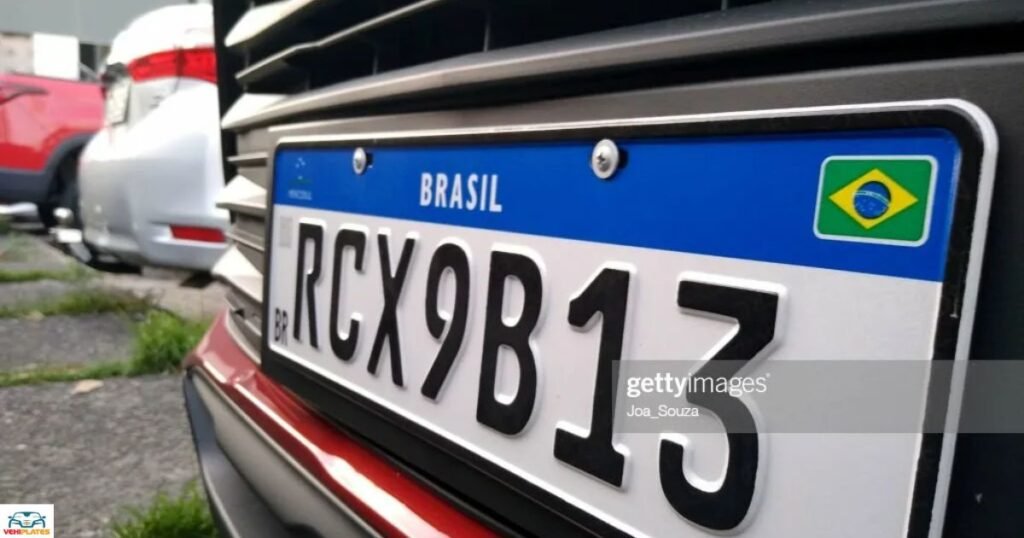
Proper camera settings are crucial for capturing clear license plates at night. Follow these guidelines:
Adjust ISO: Increase ISO sensitivity to improve the camera’s ability to capture light in low-light conditions, but be cautious of introducing noise.
Wide Aperture: Use a wide aperture (lower f-stop) to allow more light into the camera sensor, enhancing visibility.
Slow Shutter Speed: Experiment with slower shutter speeds to capture more light, but avoid excessive motion blur by balancing with other settings.
Manual Focus: Set the focus manually to ensure sharpness, especially when dealing with moving vehicles.
Positioning and Angle
| Point | Recommendation |
| Avoid Direct Light | Position camera away from direct light sources |
| Optimal Angle | Aim for perpendicular angle to license plate |
| Distance | Maintain appropriate distance for clear capture |
| Stabilization | Use tripod for stability during longer exposures |
| Glare Reduction | Position to minimize glare and reflections |
Remember to position the camera strategically to minimize glare and reflections while maintaining an optimal angle for clear capture.
Using Infrared Illuminators
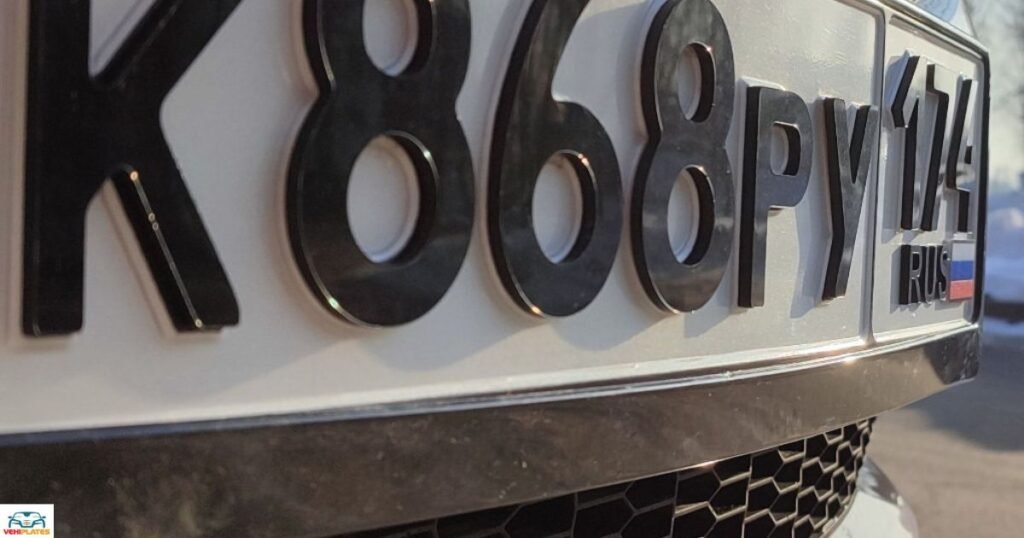
Infrared illuminators play a crucial role in enhancing visibility for capturing license plates at night. Here’s how to utilize them effectively:
Positioning: Mount infrared illuminators strategically to illuminate the license plate area evenly without creating hotspots or shadows, while also considering methods such as blocking a license plate reader.
Adjust Intensity: Fine-tune the intensity of infrared illumination based on the distance to the target and ambient lighting conditions for optimal results.
Utilizing License Plate Recognition (LPR) Software
LPR software simplifies the process of capturing and analyzing license plates at night. Here’s how to make the most of it:
Integration: Integrate LPR software with your camera system or surveillance network for real-time license plate detection and alerts.
Customization: Configure the software settings to prioritize accuracy and reliability, adjusting parameters such as recognition speed and plate format.
Tips for Success
Follow these additional tips to enhance your success in capturing license plates at night:
Regular Maintenance: Keep your camera lenses and infrared illuminators clean to ensure optimal performance.
Test and Adjust: Conduct test captures in various lighting conditions to fine-tune your camera settings and positioning for optimal results.
Legal Considerations: Familiarize yourself with local laws and regulations regarding the use of surveillance cameras and license plate capture technology.
FAQ’s
Can I use any camera to capture license plates at night?
Yes, but it’s best to use a camera with low-light capabilities and high resolution for optimal results.
Do I need special equipment for capturing license plates at night?
Infrared illuminators and tripods can greatly enhance your ability to capture clear images in low-light conditions.
How do I minimize glare and reflections when capturing license plates at night?
Position the camera away from direct light sources and adjust angles to reduce glare and reflections.
Conclusion
Capturing license plates at night requires careful planning, the right equipment, and proper techniques. By understanding the challenges, optimizing camera settings, utilizing infrared illuminators, and leveraging LPR software, you can enhance your ability to capture clear and accurate license plate images even in low-light environments.
Remember to regularly maintain your equipment and stay informed about legal considerations to ensure effective and lawful use of license plate capture technology.
With these strategies in place, you’ll be better equipped to address security concerns and protect your community, property, or assets, day or night.
